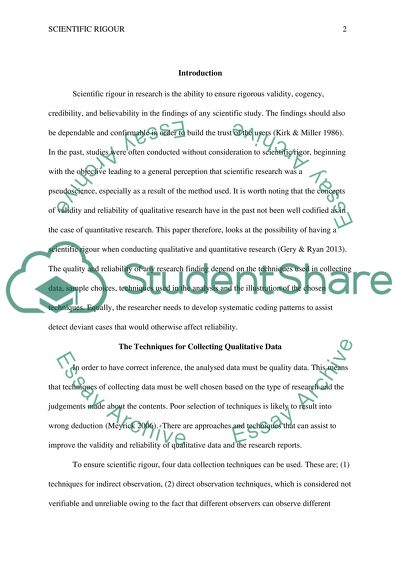Cite this document
(“Is it possible to ensure scientific rigour when conducting Essay”, n.d.)
Retrieved from https://studentshare.org/history/1470579-is-it-possible-to-ensure-scientific-rigour-when
Retrieved from https://studentshare.org/history/1470579-is-it-possible-to-ensure-scientific-rigour-when
(Is It Possible to Ensure Scientific Rigour When Conducting Essay)
https://studentshare.org/history/1470579-is-it-possible-to-ensure-scientific-rigour-when.
https://studentshare.org/history/1470579-is-it-possible-to-ensure-scientific-rigour-when.
“Is It Possible to Ensure Scientific Rigour When Conducting Essay”, n.d. https://studentshare.org/history/1470579-is-it-possible-to-ensure-scientific-rigour-when.


